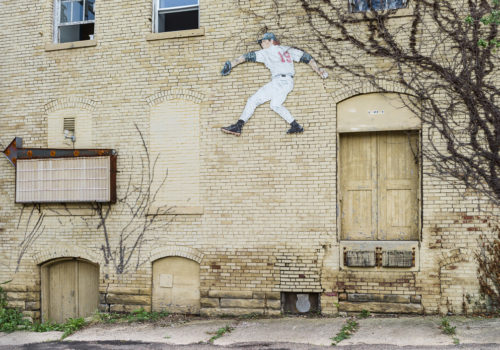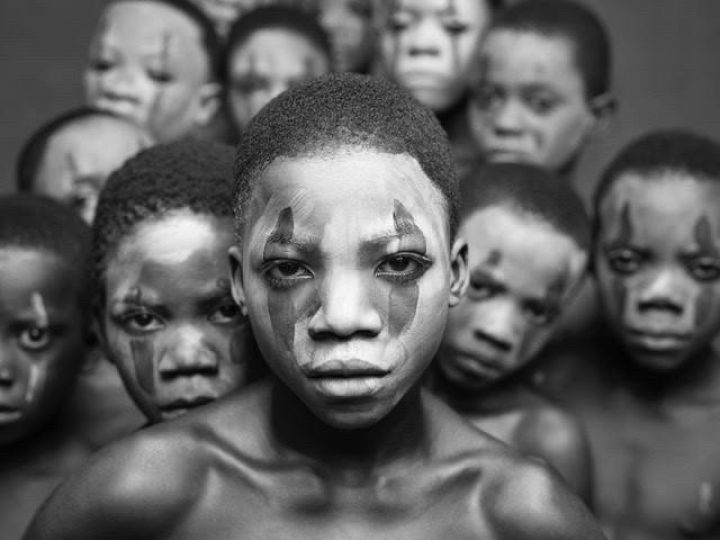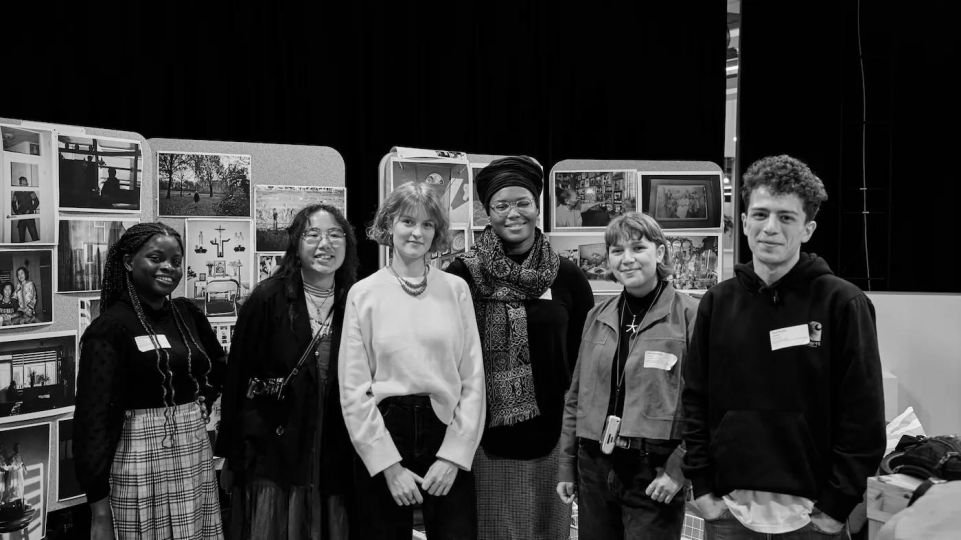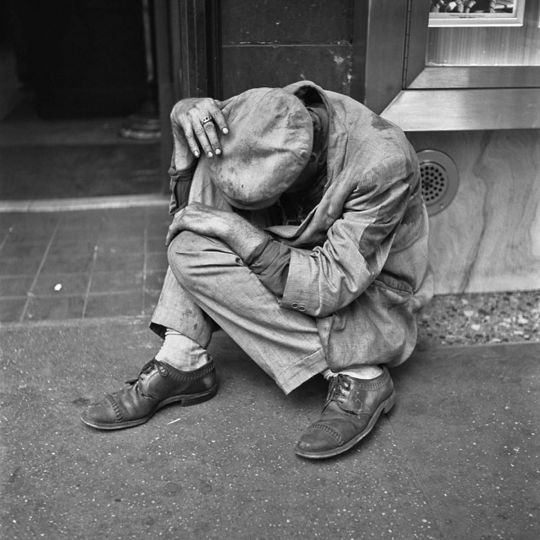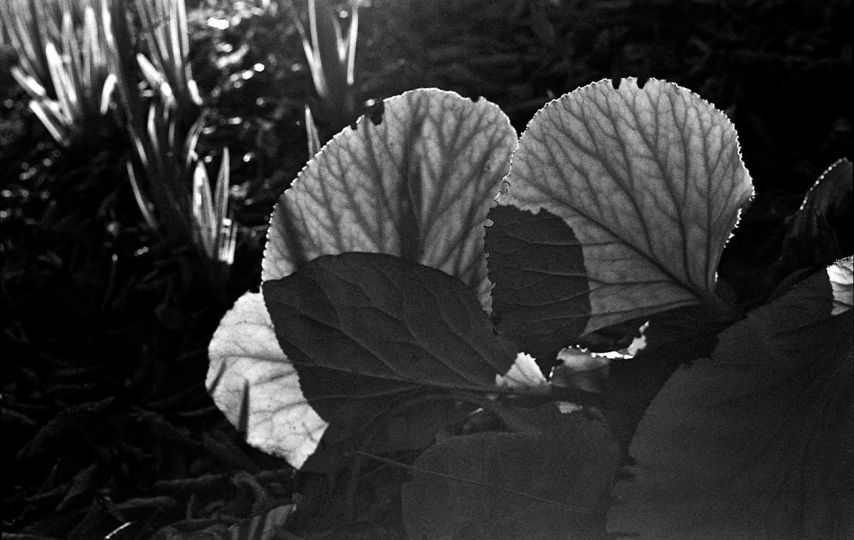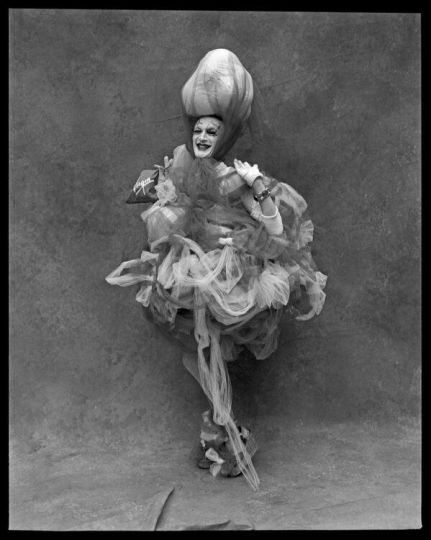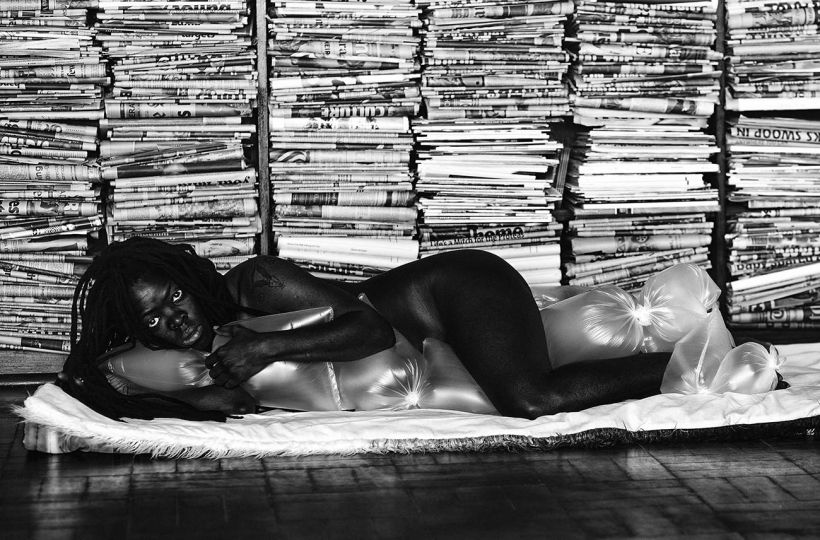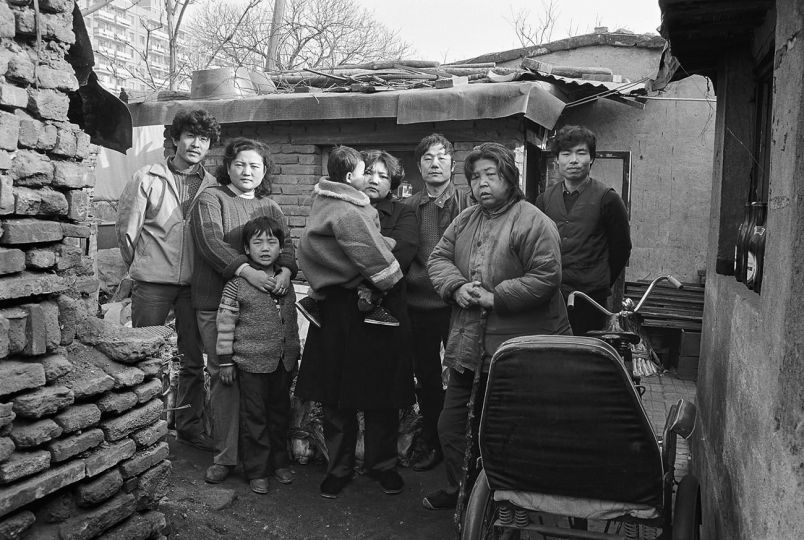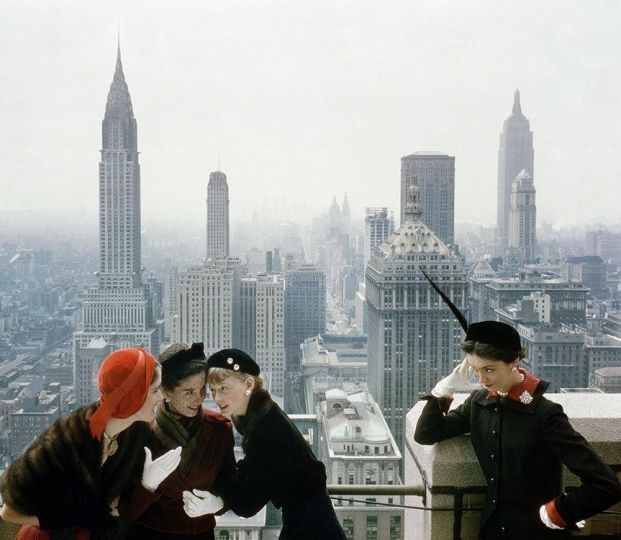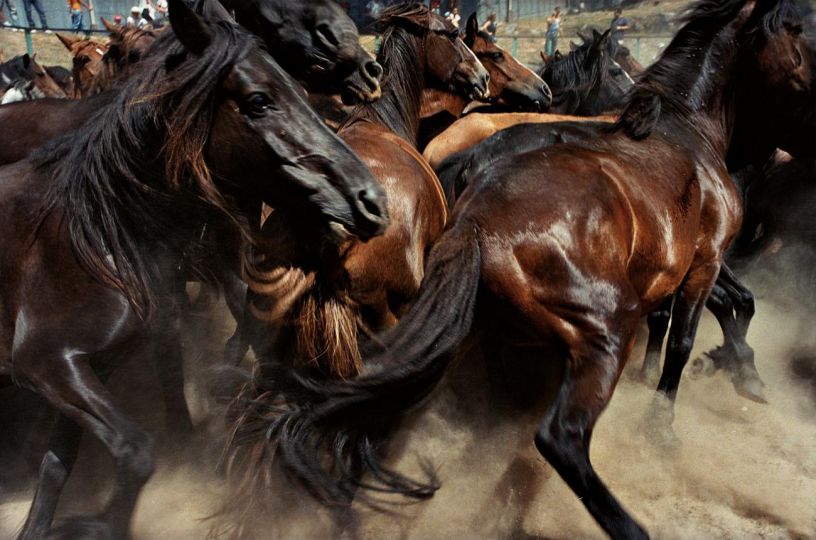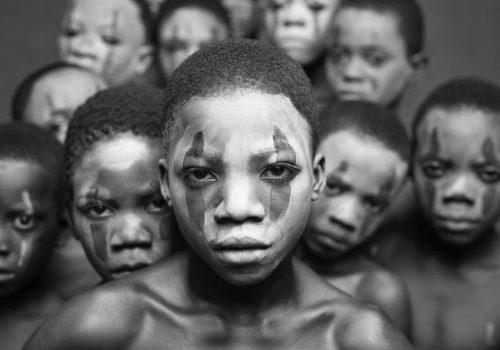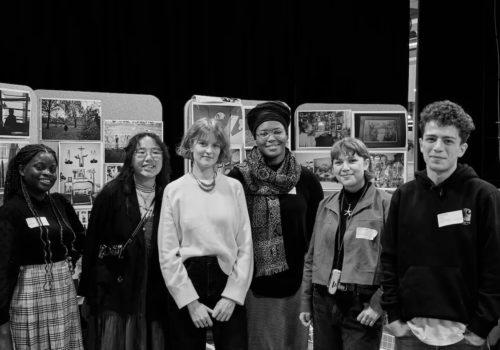When I began photographing the industrial landscape three decades ago many of the businesses that played a central role in America’s prosperity were in decline. Steel mills, tire factories, and manufacturing plants of all kinds were shutting down and people were losing their jobs, their homes, and their place in the world. It was then that I first heard the term Rust Belt used to describe the vast manufacturing region that extended from upsate New York to the shores of Lake Michigan in the west and into Appalachia south of the Ohio River. Our industrial heartland didn’t get a name until it began to fall apart.
By the beginning of the Twenty-First Century, following the tremendous economic growth of the Clinton years, conditions in the Rust Belt seemed to be improving. I kept reading about factory towns reinventing themselves as centers of banking or health care, about contaminated brownfield sites being cleaned up and landscaped into parks, about steel mills turned into shopping malls and housing developments built on top of slag heaps.
In 2009 I set out to photograph the ways in which the landscape of the Rust Belt was being transformed for post-industrial uses. However, Ohio, Western Pennsylvania, and West Virginia, where I made these photographs, hadn’t recovered much since the 1980s and were particularly hard-hit by the recent global economic meltdown. I discovered that most plans for the adaptive reuse of factories and brownfields had been abandoned and instead I found a landscape of shuttered businesses, empty towns, and foreclosed homes. At the same time, I also found signs of hope. The people who live in factory towns are resilient; they may be forced to live next door to a fertilizer plant out of economic necessity but they still try to create some semblance of the American Dream under less than ideal circumstances.
EXHIBITION
The Post-Industrial Rust Belt by Andrew Borowiec
From February 7th to May 17th, 2015
Joslyn Art Museum
2200 Dodge Street
Omaha, NE 68102
United States

